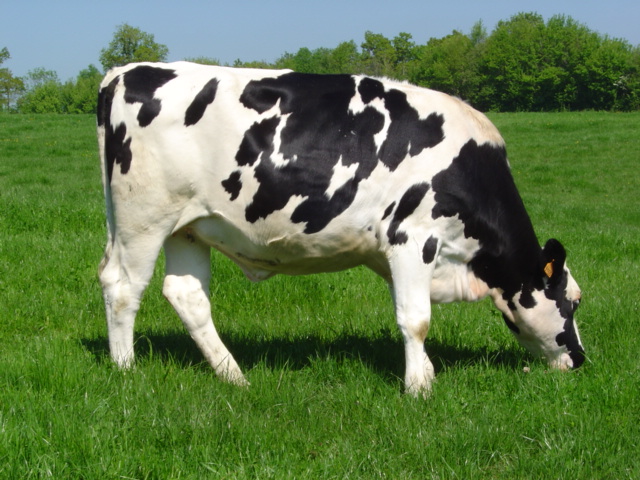Wednesday, June 8, 2016 - When University at Buffalo chemists studied waste disposal at a dairy farm in New York State, they found that estrogens and antibiotics largely persisted in the treated materials, which are typically reused as fertilizer and animal bedding on the farm.
The research site is a commercial dairy farm with about 2,000 cows. The facility uses two techniques to treat manure: pasteurization, which uses heat to remove pathogens, and anaerobic digestion, which employs microorganisms to break down and convert biodegradable matter into products that include biogas, liquid fertilizer and solid matter that is recycled as bedding for the animals.
Hormones and antibiotics, if not removed from waste, can migrate into the environment and threaten wildlife. Estrogens can enter rivers and lakes affecting reproduction while rogue antibiotics encourage the spread of antibiotic resistance in bacteria.
The researchers measured levels of veterinary antibiotics and estrogens in the waste at various points during the treatment process with mixed results. They found that the concentration of tetracyclines, the most-used antibiotics in animal agriculture, was lower in the liquid fertilizer than in the original raw manure. But the reduction was largely due to the tetracyclines migrating into the solid matter, which had higher levels of the drugs at the end of the treatment than the raw manure had at the start.
The total concentration of estrogens remained relatively steady. In addition, the treatment process appeared to convert a less harmful form of estrogen into one with greater potential for disrupting the function of animals' endocrine systems. Prior to treatment 65 percent was in a form with lower endocrine-disrupting potential. After the process, 72 percent of the estrogens were in a form with higher endocrine-disrupting potential.
University at Buffalo researcher Diana Aga, who led the new study stated, "When it comes to manure treatment, there are a lot of variables to explore -- how much time the manure is treated for during anaerobic digestion, whether the manure is mixed with food waste or not, or whether the digested product is further composted or treated by other means. For farms using long-term storage, it may also matter if the lagoons are covered up or not," Aga said. "We need to do more research to find out."
The research, funded by the New York State Pollution Prevention Institute, was published in two recent papers. The first, on antibiotics, appeared on Jan. 22, 2016 in the Journal of Environmental Quality. The second, on estrogens, was published on Feb. 2, 2016 in the journal Science of the Total Environment.
Learn More at this link